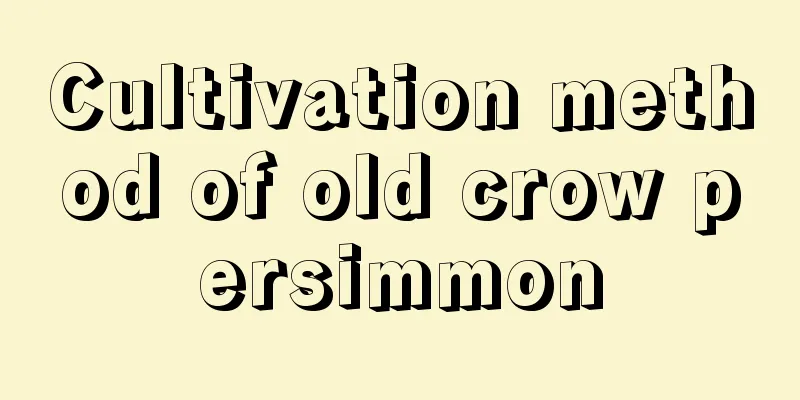What to do if there are too many green radish roots

Aerial rootsWhen growing green radish. It is often found that it grows long fibrous roots, which are actually the so-called aerial roots. Faced with these long roots, many flower lovers don’t know what to do. In fact, the fibrous roots that grow out of the green ivy do have certain functions. These roots can mainly help the plant absorb moisture in the air, and then the branches and leaves can breathe. Therefore, the more luxuriant the aerial roots grow, the more luxuriant the green ivy will grow. If the aerial roots touch the soil or are inserted into water, a large number of tiny fibrous roots will sprout, and then they can further develop into the roots of the green ivy. After growth and development, the plant will be more likely to grow new axillary buds and lateral buds, and will grow stronger. Do you need to cut it?In fact, when most flower lovers find that their green ivy has grown long fibrous roots, their first thought is to cut it off. After all, these long fibrous roots may not necessarily bring good ornamental effects to the green ivy, so it is better to cut them off. But I want to tell you that it is best not to cut off the aerial roots grown by the green radish. First of all, the aerial roots of the green radish can play a good auxiliary role in its growth and development, so if you leave these aerial roots, your green radish will definitely grow more vigorously. Secondly, if the aerial roots are cut off, the green ivy may suffer some adverse consequences, such as leaf damage, cracks, etc. Because cutting off the aerial roots will reduce the leaves' absorption of water, problems will occur with the leaves, affecting their appearance. Finally, if the aerial roots of the green ivy are cut short, the root system will definitely be left with wounds. The direct consequence of these wounds is that it will be easier for pathogens to invade. Only when the roots are intact can the invasion of pathogens be reduced. If the roots are cut short and have wounds, the pathogens will find a gap to invade, which can cause severe root rot of the green radish. Therefore, it is best not to cut off the long roots of the green radish. If possible, process these aerial roots and arrange them in a more ornamental shape, which can also increase the ornamental value of the green radish. |
Recommend
How to plant cyclamen bulbs? Planting methods and germination tips
After the cyclamen flowers wither, the focus shou...
Is it okay to put an egg in the green radish? Can I put eggs directly in the green radish?
1. Can you put an egg in it? It is a good idea to...
What are the varieties of Tillandsia
Lilac pineapple Also known as octopus flower pine...
How to grow strawberry spider plant
The cultivation environment of strawberry spider ...
What tree is used as rootstock for grafted persimmon (grafting method and maintenance management of persimmon tree)
1. What are the rootstocks for grafted persimmon ...
The efficacy and function of golden thread lotus
The efficacy and function of golden thread lotus ...
Price of ginkgo, pictures of ginkgo
1. The price of ginkgo Ginkgo nuts, also known as...
After learning these tricks, the Kalanchoe can bloom for half a year and have more flowers than leaves!
How to water Kalanchoe? The leaves of Kalanchoe a...
Is it better to spread or bury compound fertilizer? (Is it better to spread or bury compound fertilizer?)
Should compound fertilizer be spread or buried? I...
Coral fern cultivation methods and precautions
1. Maintenance methods 1. Soil: Loose and breatha...
Pest and disease control of ash trees
Gummosis This disease mainly occurs in the main b...
Why are the leaves of the bird of paradise curling up and turning yellow?
1. Too much fertilizer Reason: When raising a bir...
How to grow roses
1. Breeding environment 1. Soil: Rose likes ferti...
When is the best time to plant kale?
Kale has high nutritional value and is a favorite...
Cultivation methods and precautions of hydroponic Schefflera
Hydroponic Schefflera arborvitae is relatively ea...









